
BVN’s head of people and character applies the lens of potential
BVN’s head of people and character applies the lens of potential
Share
Brian Clohessy has observed the architecture profession from myriad angles, with a career that has taken him from architect to project leader, to Sydney studio director, through to his latest incarnation at the global architecture practice BVN as head of people and character.
Clohessy has also lent his eye for architectural talent to Australian Design Review’s (ADR) 30UNDER30 program as a shortlist judge, helping to whittle 150 entries down to 61 architects and innovators of the built world early in December.
ADR sits down with Clohessy to gain an insight into his criteria as both a judge and gatekeeper of some of the most sought after jobs in the Australian architecture industry.
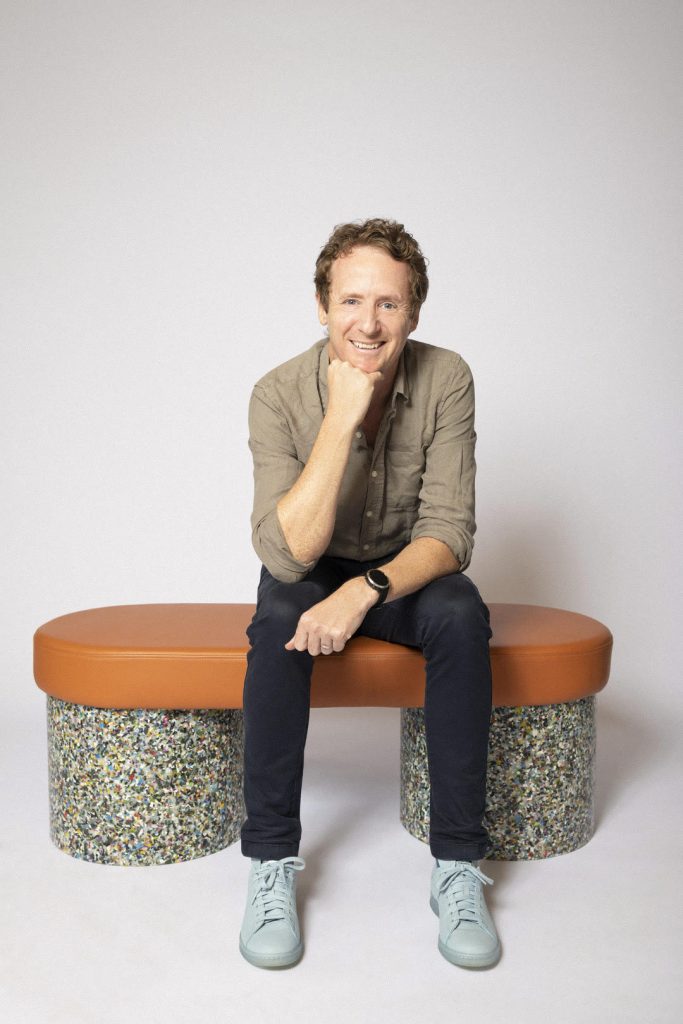
ADR: As head of people and character, how do you collaborate with other departments and leadership to ensure that talent acquisition efforts align with the business objectives and long-term goals in the architecture industry?
Brian Clohessy: We first establish a clear talent acquisition strategy and process, which starts with identifying the need to hire. We collaborate with project leaders and stream leads to understand roles and competencies required to deliver projects to a high standard. We then establish if we can fill that role with someone within BVN or if we need to recruit.
We actively hire for potential rather than experience. Viewing people through the lens of potential enables us to provide stretch opportunities for people within the practice, and identify talent when recruiting. Of course, experience is valuable, but if we are to align with business objectives and our long-term goals we need people with a growth mindset, who can adapt and develop their competencies to meet those changing needs over time.
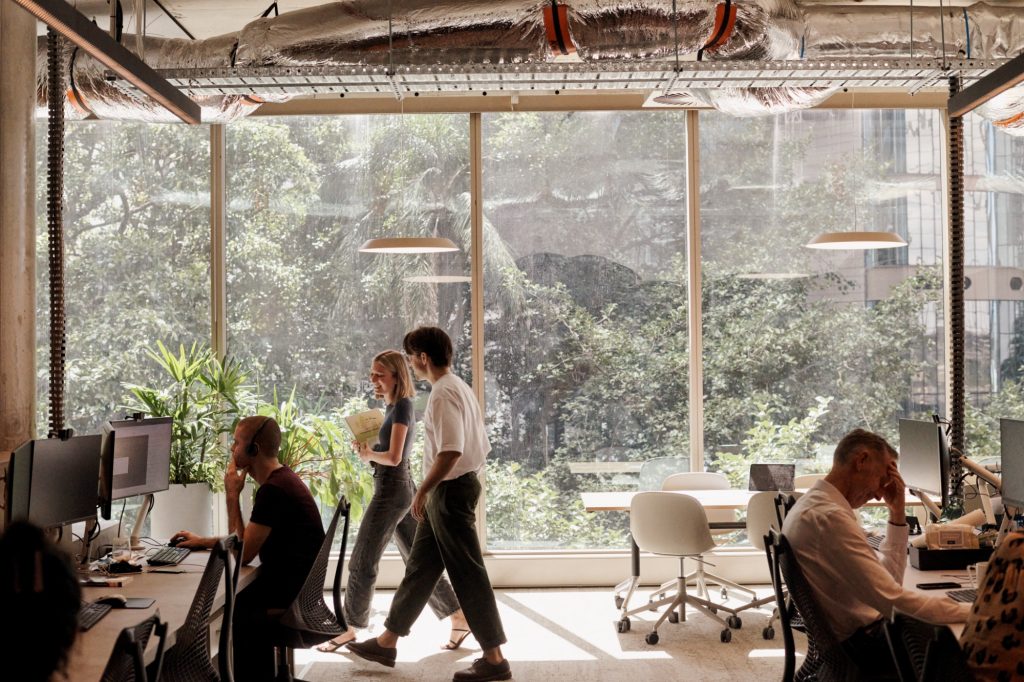
We are doing this by developing a competency matrix to help our people assess and understand their skills and plan their career through skill acquisition to support those next steps. This will also help our leadership understand where we are deep and shallow in competencies across the studio and empower us to create teams with complementary skills to deliver our projects.
With this competency matrix, we can retain and attract talent by demonstrating how we can support them with mapping out their career steps through acquisition of skills. Our long-term goals will require new skills for designers to enable them to deliver projects that are underpinned by advanced and new technology, regenerative practice and social justice.
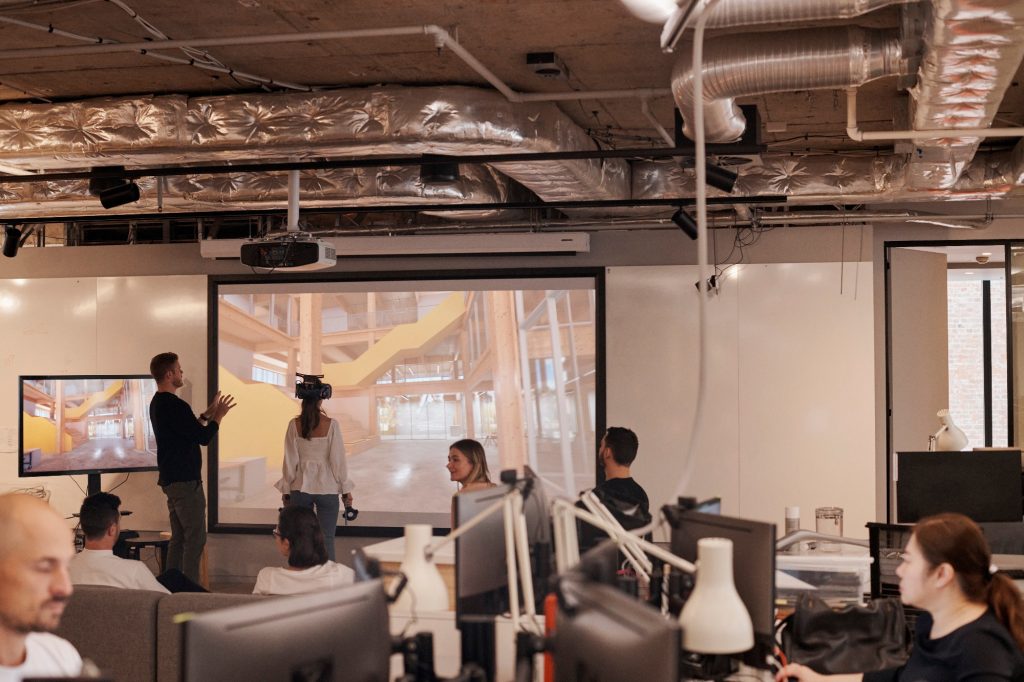
How do you handle situations where the candidate’s achievements and contributions are not solely quantifiable? Are there any specific challenges you face in evaluating softer skills or cultural contributions to the field?
I would say that most of the architects and designers I work with have achievements and contributions that are not solely quantifiable!
Looking at the 30UNDER30 candidates, some of them create innovative designs that challenge the conventional norms of aesthetics, functionality or sustainability. Others have a strong impact on the communities they serve, by engaging with local stakeholders, addressing social issues or promoting diversity and inclusion. These are not things that can be easily measured by numbers or metrics, but they are very valuable and important for the field.
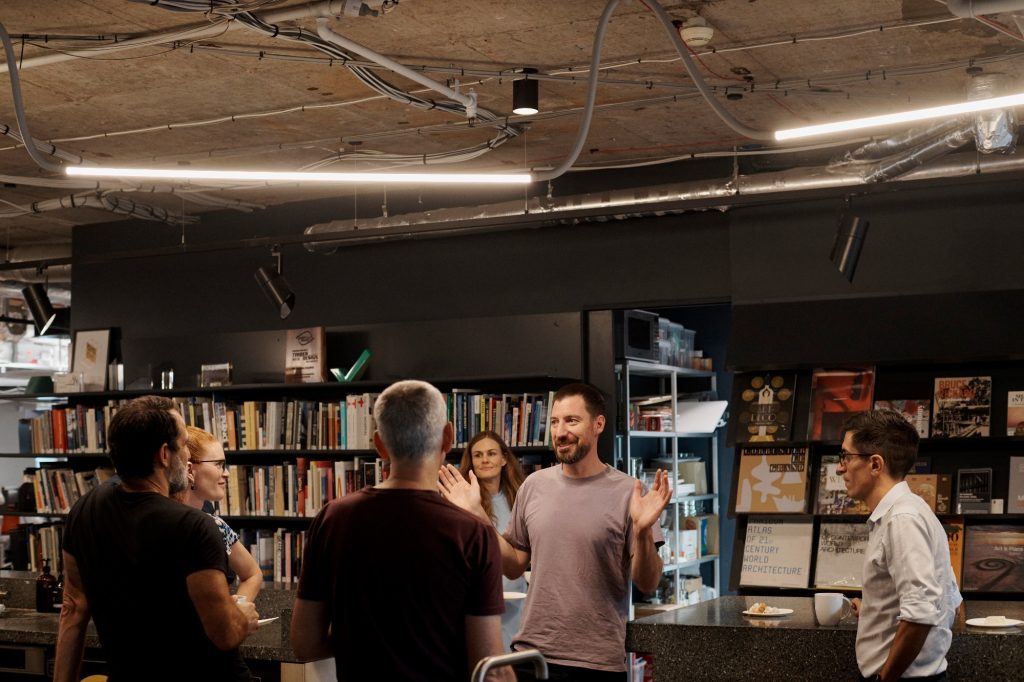
To evaluate these softer skills or cultural contributions, I looked at their portfolios and written responses to try to understand their design philosophy, their creative process and their vision for the future. Some candidates were very clear in their written submissions about their motivations, their challenges and their achievements in their own words, which made it a lot easier. I think this approach helped me to get a holistic and nuanced picture of each candidate’s strengths and potential.
How did you ensure a fair and equitable outcome for all candidates involved?
I first reviewed the program guidelines and criteria carefully and created a scoring system based on these criteria to help me assess the portfolios objectively and fairly.
I then reviewed each application and assessed it against this scoring system as a first pass. I went back over them to recalibrate once I had a sense of the quality across the application pool and established the standout and non-complying individuals to bookend the scores.
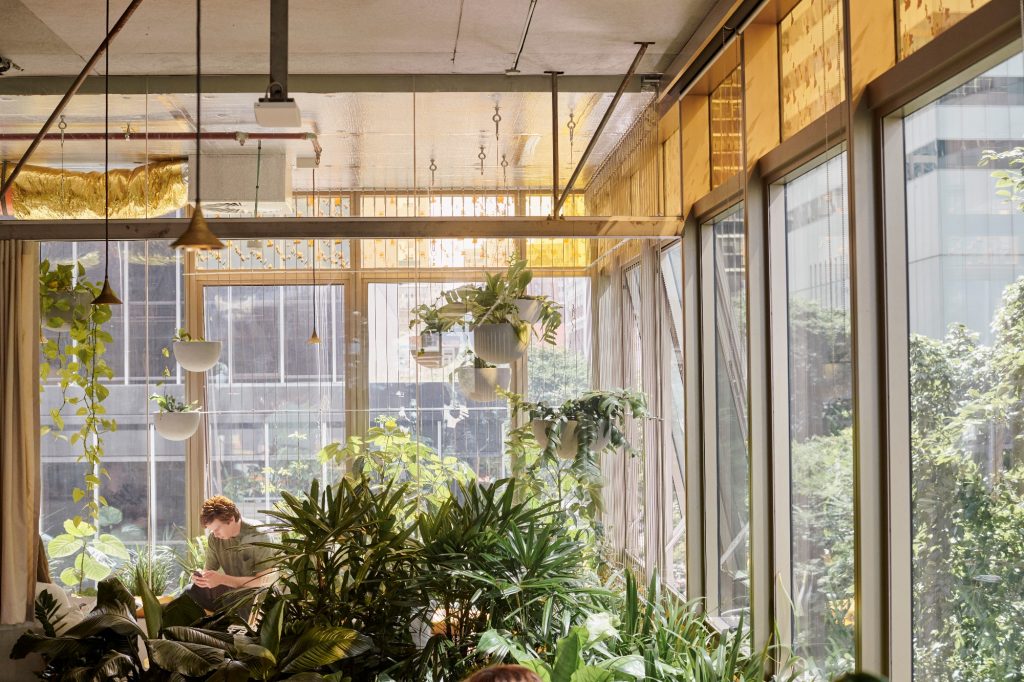
I then compared my scores with the other shortlisting judge, so we could establish the candidates where we agreed on scoring relative to high, middle and low. And then talked through each of the candidates where we differed – trying to understand each other’s perspective.
Using the criteria I had for scoring – it allowed me to objectively debate the merits of each application and ensure it was consistently applied to avoid any bias.

What stood out in the application process from the shortlisted applicants of ADR’s 30UNDER30?
There are so many talented and passionate people in our industry, who are making a real difference. It blows my mind how they can achieve so much before they turn 30! The future of design is in safe hands judging by this wonderful collective of talent.
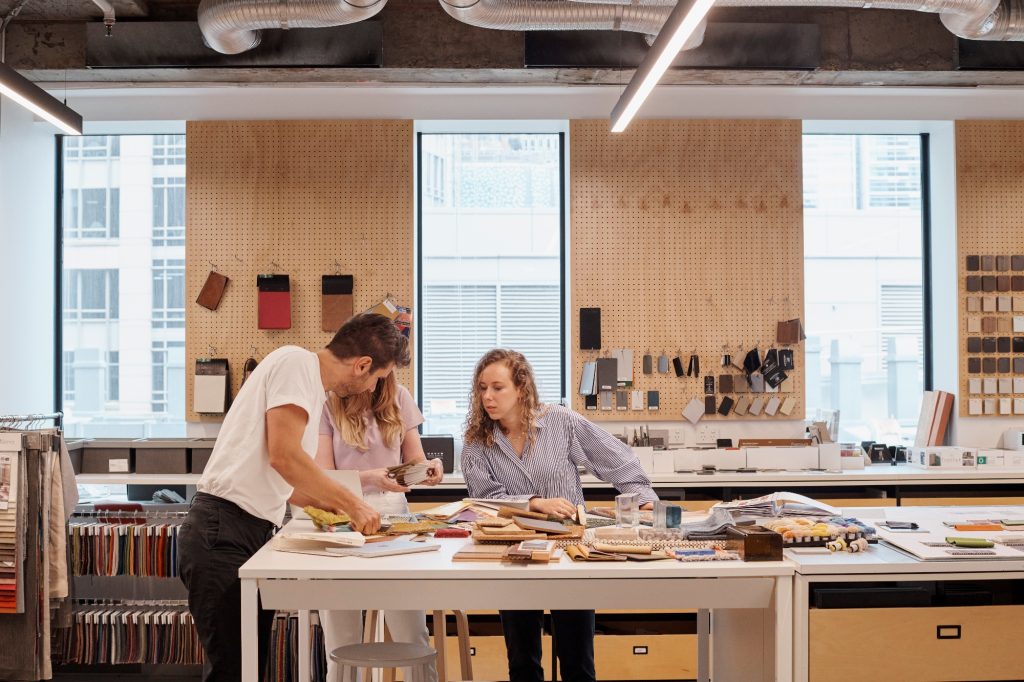
Photography by Josh Robenstone.
The 30UNDER30 finalists will be announced in February 2024. In the meantime, view the shortlist here.
You Might also Like
























